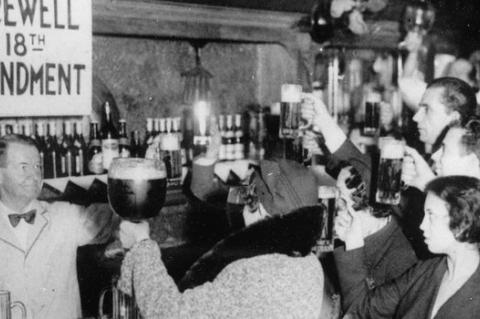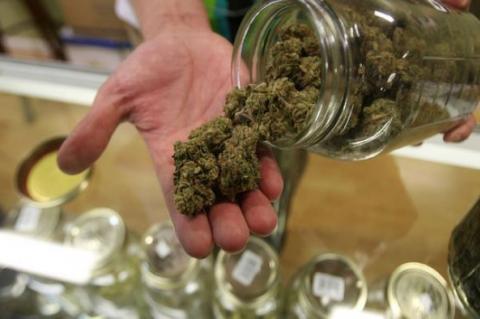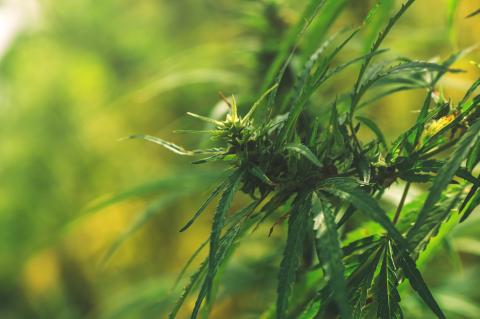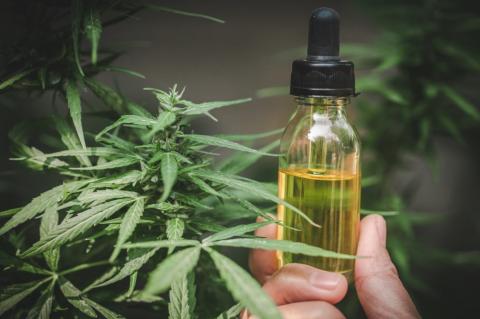What can the end of alcohol prohibition teach cannabis entrepreneurs?
As the United States crawls slowly toward the end of the cannabis ban, the end of alcohol prohibition may provide a roadmap for entrepreneurs.
Nearly 100 years ago, Congress passed a law banning the sale and import of alcohol in the U.S. People who had been drinking all their lives didn't simply quit, as those pushing for the law had hoped. That led to a spike in organized crime, speakeasies and homemade liquor. Thirteen years later, Congress ended the failed experiment by repealing prohibition in 1933.
Cannabis and its byproducts have faced a much longer road. In the late 1800s and early 1900s, a few states placed restrictions on the sale and use of cannabis products. After the Marijuana Tax Act of 1937, cannabis became de facto illegal in the United States. Successive laws, such as mandatory sentencing requirements, reinforced that position.
Prohibition’s Clues For Cannabis
Americans’ relationship with marijuana has come a long way since the days of “reefer madness.” Pew Research Center found that 62 percent of Americans in late 2018 advocated for legalization, up from 16 percent in the 1990s and 32 percent in the 2000s.
Several states now allow businesses to sell cannabis products legally. Federal legal reform could occur within the next few years, which means companies looking to get ahead of the cannabis craze need to know what to expect.
Still, as Oregon startups learned, cannabis products don’t sell themselves. The post-Prohibition 1930s showed that markets take time to adjust. Whether you’re already in the industry or plan on joining it, be sure to:
1. Prioritize Education
At the end of Prohibition, a generation of people who had been told alcohol was an illegal poison suddenly found themselves able to buy it at supermarkets. Some reacted recklessly, drinking too much and at inappropriate times, while others’ worries kept them from purchasing it at all.
Create a stable customer base by emphasizing education, even for non-psychoactive products. Hawke Media, a marketing agency that works with CBD brands, suggests appointing a chief education officer. This executive’s role should span marketing and product development, using content and packaging to describe the drug’s effects, how to consume it, when to take it and more.
Just as importantly, the chief education officer should ensure compliance with federal and state regulations that prohibit cannabis companies from making medical claims. Despite the fact that people use CBD and cannabis medicinally, there isn’t enough research available yet to sell them as solutions for particular conditions. Be cautious with your phrasings to stay on the right side of the law, especially as that law evolves.
2. Skip Traditional Marketing Strategies
Even after Prohibition ended, most alcohol companies followed a semi-voluntary advertising ban until the 1990s. Long barred from advertising on television and radio, the internet gave alcohol companies a new form of media to explore. Shortly thereafter, Seagram opted to break the longstanding arrangement, and the rest of the industry followed along.
Although a similar relaxing of restrictions may be coming for cannabis companies, entrepreneurs in the space shouldn’t count on traditional media. Because the drug is in a legal gray area, many digital and print platforms opt to avoid the controversy entirely.
Bypass advertising bans by exploring alternative channels. Invest in tactics that promote positive word of mouth, such as influencer, email and social media marketing. Not only does getting your fans to do your marketing for you save money, but it means you don’t have to worry about where the line is with each media outlet.
3. Welcome New Audiences
Young people may be the poster children for legalization, but Millennials aren’t the only ones interested in cannabis. Other market segments, including aging Boomers, are curious about whether cannabis derivatives like CBD can alleviate their aches and pains.
A recent Cision study that reviewed social media content about CBD suggested its audience may range from working professionals to cancer patients. More than 280,000 posts mentioned pain management, including joint pain, inflammation and chronic cancer-related pain. About 250,000 spoke to CBD’s effects on mental health issues like anxiety, depression and insomnia.
By the end of Prohibition, campaigns against alcohol use had painted drinkers in a poor light. People who’d only been exposed to anti-alcohol content would not have believed safe, moderate drinking to be possible. Cannabis products face the same battle, so be ready to combat stigmas and embrace skeptics.
Research, regulations and consumer sentiments move more quickly today than they did in the 1930s. When federal regulators finally give cannabis the green light, get ahead by applying these lessons from Prohibition's aftermath.







